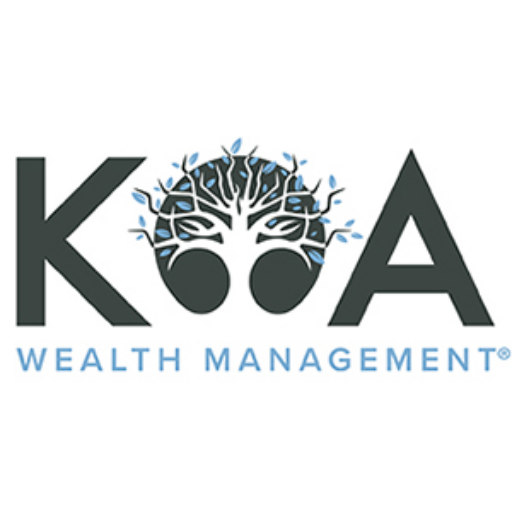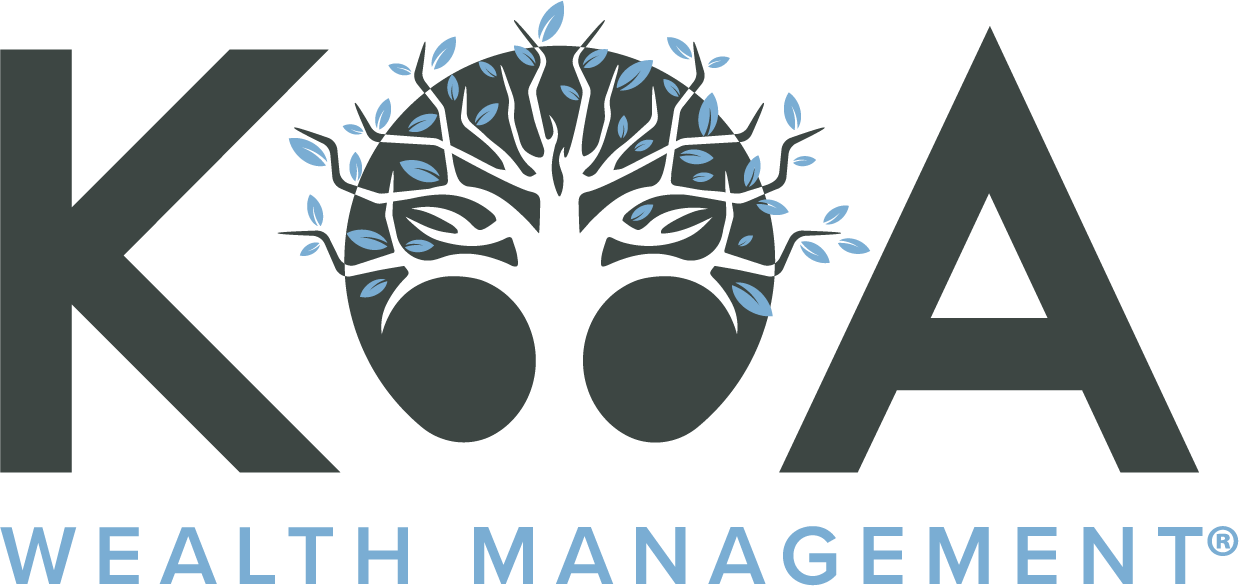Q4 2024 MARKET COMMENTARY
The fourth quarter of 2024 saw the US election come and go with Donald Trump winning a second and non-consecutive term as President. In addition, we saw Congress swing to a small lead for Republicans in the Senate and the House of Representatives. All of it concluded with no protests, lawsuits or riots – thank goodness. Some might say that President Trump won the election with a strong mandate due to the margin of victory… while this may be so, we believe it says more about the American publics’ upset at the incumbents rather than happiness in receiving the second go-around of a President who had a mixed record in his first four years in office. The current situation is similar to President’s Trumps first term in office where he at that time he also enjoyed Republican control of Congress. While the set-up may be the same, we expect to see policy proposals move quicker to Congress and the President to move quickly in his first days on office on anything that can be executed through Executive order than his first term in office. We hope for great outcomes, but depending on what changes are put forth, we expect that we could see more volatility in Financial Markets in 2025 as compared to a historically low level of volatility experienced in 2024.
Equity
Our philosophy around owning Public Equities has encompassed the following 1) Focus on owning the best companies – the strategy of indexing, where you effectively own all companies (Great, average & poor) has never made a lot of sense to us 2) Look to invest in businesses that exhibit pricing power due to limited competition 3) Look for businesses that are durable that can survive hard times – stock prices go up and down, but a durable business won’t go bankrupt and will increase in value over each economic cycle 4) Where we feel we have competency, own the individual companies, where we don’t utilize a passive basket like a sector ETF or active management through a mutual fund. Also, as part of our investment philosophy we prefer to invest new capital into areas that are unloved or what I refer to as “Orphaned” and wait for the market to rotate capital into that area. With experience has come the understanding that while the broad indexes represent returns for a broad basket of stocks, under the surface there can be a lot of turbulence sector to sector and stock to stock. We want to position our clients to where we believe the puck will be going and try to arrive there before the herd shows up and bids prices much higher.
Q4 proved to be a difficult quarter for our strategy due to the following factors 1) Rise in interest rates… When the Fed announced its 1st interest rate cut in September the 10 yr. US treasury yield was around 3.6%, by the end of the year, that rate increased to roughly 4.6% — this increase in yields really hurt our investments in interest rate sensitive sectors like Utilities & REITs 2) Idiosyncratic issues, when you own individual stocks, you can have issues come up that are unique to that company – I’ll provide two example a) One of our med-tech holdings was having a fantastic year while in Q4, with close to a 70% return on the year and trading at all time highs, when the CEO & Board of the company decided to announce a 2 billion dollar all-cash buy-out of a European company that really didn’t have a lot in common with its current business – the stock dropped 35% in three days post the announcement with management rescinding the offer a few days after that b) One of our REITs which had already been hit with the rise in interest rates over Q4 then announced on 12/20 that it’s a largest tenant, a private company had defaulted on half of the 11 leases that it had with our REIT, sending the stock down 40% on top of the 25% draw down due to the interest rate increases. In both these situations, we think these are short term problems that will get worked out, but the downside movement in these rather large allocations within our model were unexpected and not helpful in generating returns for our clients in the final quarter of the year.
As we enter the new year, we are taking a rather different approach to the S&P 500 Index weightings. Our largest allocations are in Financials, followed by Healthcare and then Technology. Our Financial Portfolio, anchored by Asset Managers, Payment Platforms and Exchanges faired well in 2024. We are looking to tweak our allocation by removing the one payment idea that did not work in 2024 perhaps for another name that we have owned in the past and is now under new leadership which seems to be well-received by the market. Healthcare was a terrible performing sector in 2024 and with the new administration taking hold, there’s a cloud over the sector as we don’t know what health reforms are coming. We have liked Healthcare over the years for its consistent growth, generally non-cyclical businesses and recent valuations around earnings streams. We are purposely staying away from owning the health insurers who we think are at most risk of disruption. Instead, more of our allocation is around tools/diagnostics/med-tech & devices with a small allocation to two large bio-pharma companies, one of which was added as we vacated from a small-cap biotech name to start the year. While we own and like tech, we don’t have nearly as much ownership as what is found in the S&P 500. Some of the companies we haven’t wanted to own because we don’t love their businesses, others like the “Widget” companies have historically been too cyclical for our liking. We will continue to look for market sell-offs to add to the names we like, but at current valuations, we don’t find adding capital here as attractive on a risk-adjusted basis.
Private Equity had a solid year in 2024, generating low double digit returns for our investors, which however lagged public equity returns for the second year in a row. We think with changes at the FTC and the increase in activity at many global investment banks, we may finally see a lot more activity regarding buy-outs and IPOs in 2025. If this proves to finally be correct, we hope for some unlocking of value within PE portfolios as the lack of price discovery has made it harder to generate outsized returns in this part of the market. We do, however, like the risk reward much better in Private Equity as opposed to Public Equity as we start this year. The fly in the ointment could be interest rates – should they continue to rise in 2025, that could put a damper on the valuations sellers may be able to garner, so we’ll continue to see how that develops.
Real Estate
Our public REIT investments were all over the board in 2024, with nice increases in value exiting Q3 only to get hammered by rising interest rates (And the specific issue outlined above) in Q4. We exercised some profit taking on out tower/data center REIT in Q3 within about 1% of it’s high for the year… and now have an opportunity to purchase those shares back at a roughly 28% discount to where we sold them. Even when we like positions in our portfolio and intend to hold them for years, from time to time we will trim our positions when we think they have gone up a little too much too fast and if they correct, we are always happy to add back into them at lower levels.
Our Private REIT investments however continued another tough year in 2024. NAV prices are still hanging around Q3/Q4 levels from 2021. While the recovery has been slower than we had expected, we still believe it’s coming, therefore we’ve encouraged our clients to keep reinvesting their monthly dividends at current levels and in select cases add to their existing holdings. Most recently we’ve also added a Triple Net Lease Portfolio – one we had become acquainted with as far back as 2022, but we felt the timing was not ideal for that strategy. There’s chatter in the market that a resurgence in inflation may occur in 2025, while we think that call is preliminary, we know that real assets like real estate has been a good long-term hedge against rising prices over time. Also, Private Real Estate affords us a much more stable investment profile than public REITs which really whipped all over the place in 2024.
Debt
Q4 proved to be a tough end to the year for the bond market. With the Fed cutting rates during the 4th quarter, short term cash rates like Treasury Bills saw yields drop from the 5.3% range to the 4.3% range. At the opposite end of the yield curve, the 10 yr. Treasury rates moved up from 3.6% to 4.6% in the quarter, sending any bond holdings with duration (Interest rate risk) lower in somewhat dramatic fashion. The only areas which seem to sidestep these issues were our Private Credit and Distressed investments for clients, with Distressed returning very nice returns in 2024.
2024, was a great year for US Large Cap stocks and more specifically the larges tech stocks that many Americans are familiar with. However, if you broaden the lens, you’ll notice that small cap stocks, intl. stocks and most other parts of the investment complex did not have great returns this past year. We hope that investment returns will at some point start to broaden to other parts of the market outside of large cap tech. We worry that the more concentrated the return profile for the market, the greater the risk for capital loss when an economic shock of some sort arrives. We are always looking to grow our client’s capital as effectively as possible but not at the expense of taking outsized risks that will expose them to outsized losses. As I communicate to our new prospective clients of the firm – “You’re already successful, our job is not to screw it up!”
[1] Bespoke Investments Year End Report

PO BOX 231030, Encinitas, CA 92023 | 760-602-6920 | info@koawealth.com
This material should not be considered a recommendation to buy or sell securities or a guarantee of future results. Koa Wealth Management, LLC is a registered investment adviser. Registration does not imply a certain level of skill or training. More information about Koa Wealth Management, LLC can be found in our Form ADV Part 2, which is available upon request or by visiting our website at www.koawealth.com/disclosure. Past performance is not a guarantee of future results. All investment strategies have the potential for profit or loss; changes in investment strategies, contributions, or withdrawals may materially alter the performance and results of a portfolio. Different types of investments involve varying degrees of risk, and there can be no assurance that any specific investment will be suitable or profitable for a client’s investment portfolio.







